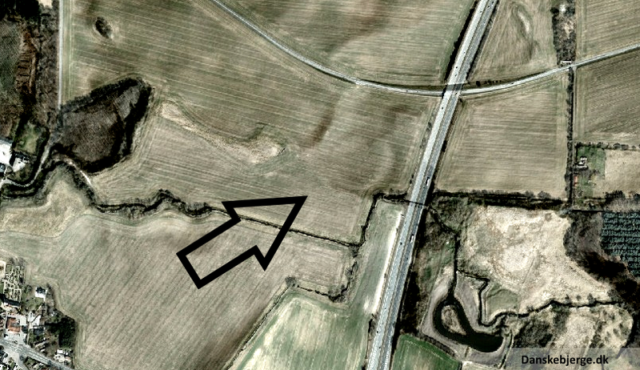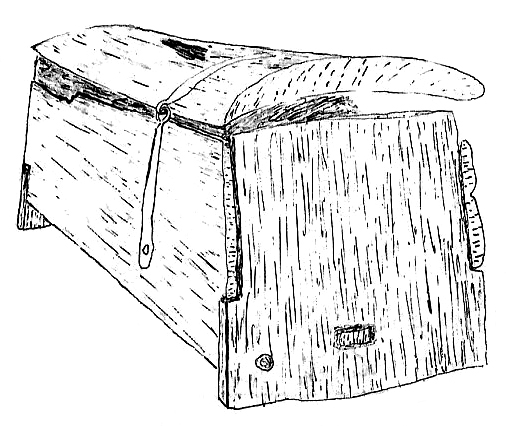The find of a rare 1,000-year-old Viking toolbox containing 14 unique iron tools has caused exhilaration during late excavations at an old Viking fortress.
The toolbox was excavated from inside a small lump of soil at Denmark’s 5th Viking ring fortress, the Borgring. It’s the first direct proof that people actually had lived at the site.

A journalist for Science Nordic, Charlotte Price Persson, became an archaeologist for a day and joined the group of researchers to aid in clearing away the dirt to expose the iron tools. The researchers suggest that the tools could have belonged to people who had lived inside the fortress. It has an outstanding collection of tools which were used around the time of the 10th century AD.
The lead archaeologist Nanna Holm decided to get a better look before the excavation started to uncover the tools. She told Science Nordic that they could see that there was something inside the layers of soil near the east gate and couldn’t wait to see what was there.
If they had gotten a big signal from the upper layers then it may have been the usual modern day rubbish you get in the upper layers – the plough layer. Yet the signal came from deeper layers, making it more exciting.
They dug the items up and asked a local hospital for permission to borrow their CT-scanner.

The scan helped the archaeologists to see the form of the tools and they realized that the toolbox was gone. The wood had rotted away over time. Yet, the arrangement of the items suggests that the tools were buried within a tool box. This finding is exceptionally rare. Tools that were made of iron were very expensive and cherished by the Vikings. It’s odd that nobody had discovered them before and recycled the tools to reuse the iron.
The archaeologists say that this amazing find will assist them in understanding what kind of craftsman owned them. But for now, they speculate that the spoon drills and drawplate might have been used to create thin wire bracelets. Yet, this type of drill was also used to create holes inside wood, suggesting that it might have also been a carpenter’s toolbox.
Besides, the location of the artifacts near the eastern gate of the fortress supplies more information on the history of the tools. In the second half of the 10th century, the tools could have been used after a fire that torched the fortress’ east and north gates.
The group also discovered a room close to the gate which might have been a workshop or used for housing a craftsman. It measured around 30-40 square meters (322-400 square feet), and had its own fireplace. The archaeologists theorized that the tools had been buried underground when the gate collapsed. This explains why the recovery of the tools would have been so difficult, Ancient Origins reported.

Currently, the researchers want to scan the tools by X-ray. This should aid Holm’s team in determining exactly what the tools are.
Here is another Viking story from us:Ragnar Lothbrok: The legendary Viking ruler
Holm already has some ideas; for instance, one of the spoon drills might be a pair of tweezers or pliers. It’s planned that the tools will be on display next year, even though the artifacts require conservation work before they are ready to be exhibited.
